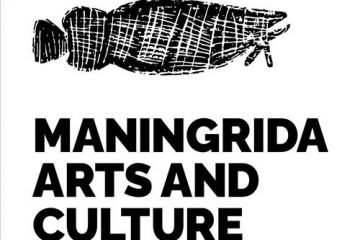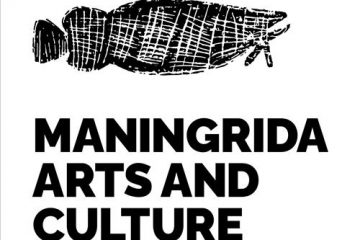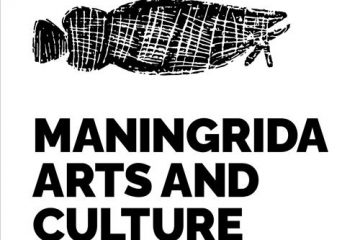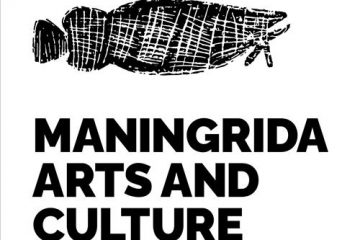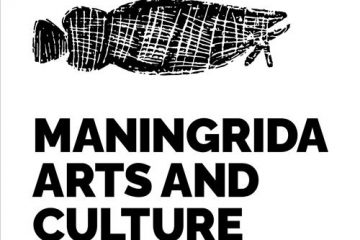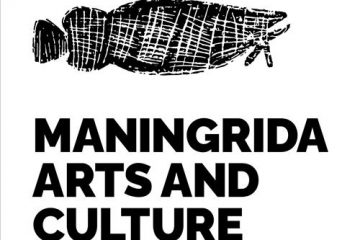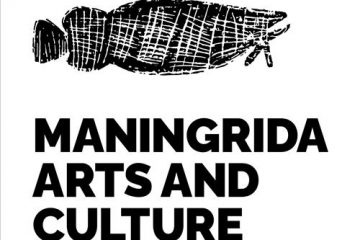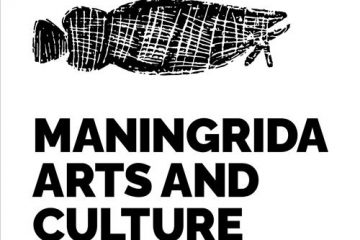Maningrida Arts & Culture
111982239870
Warraburnburn In Burarra and Gun-nartpa languages the figure represented in this artwork is generally known as a wangarra ‘ghost spirit’. For the Warrawarra clan ghost spirits have their own particular characteristics and their own name – Warraburnburn. The Warraburnburn and the closely related Galabarrbarr spirit (owned by the Balkarranga clan) are also manikay song Read more…
